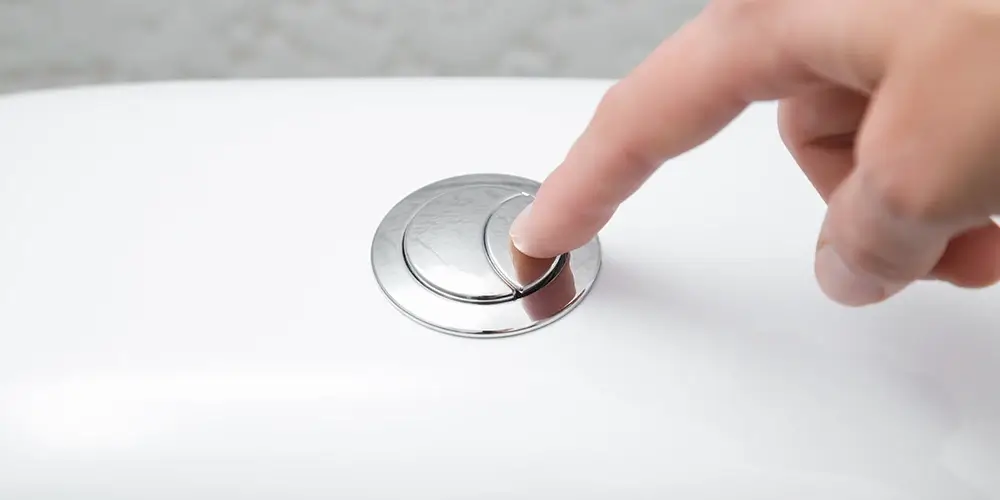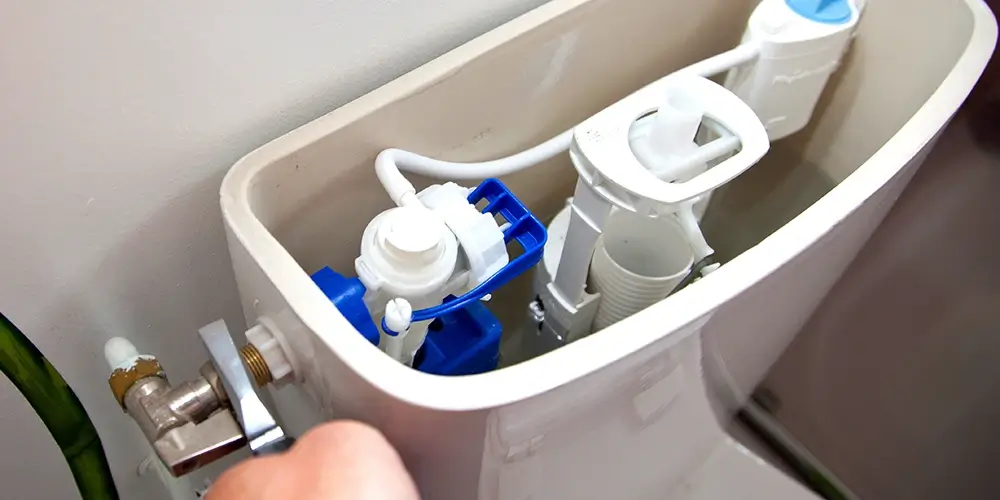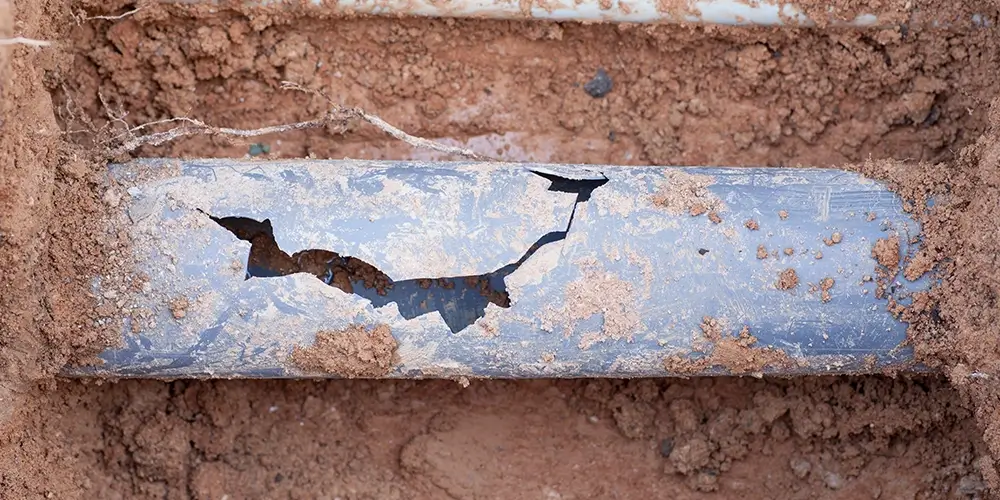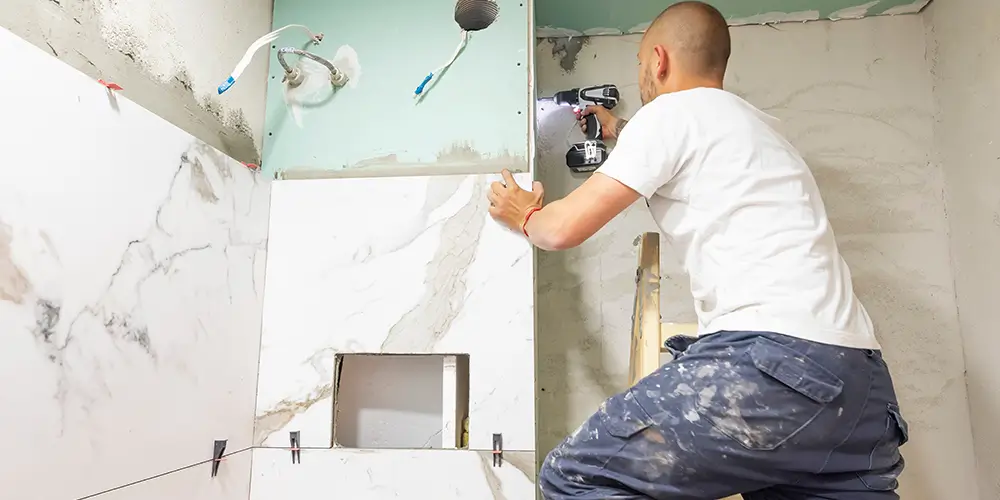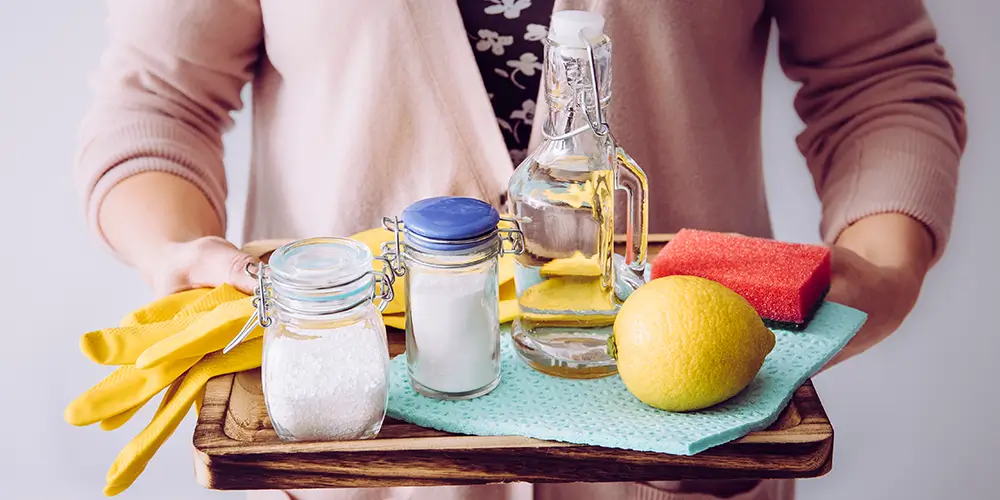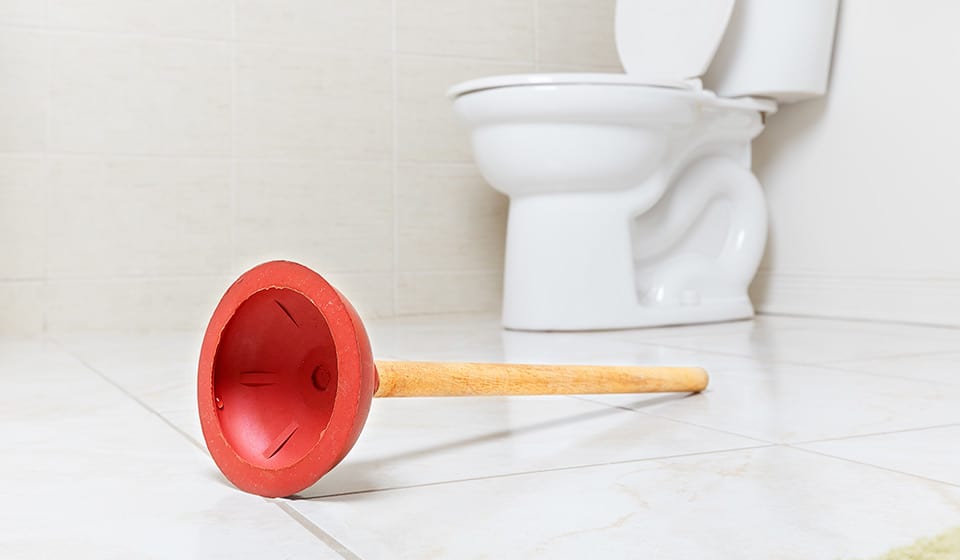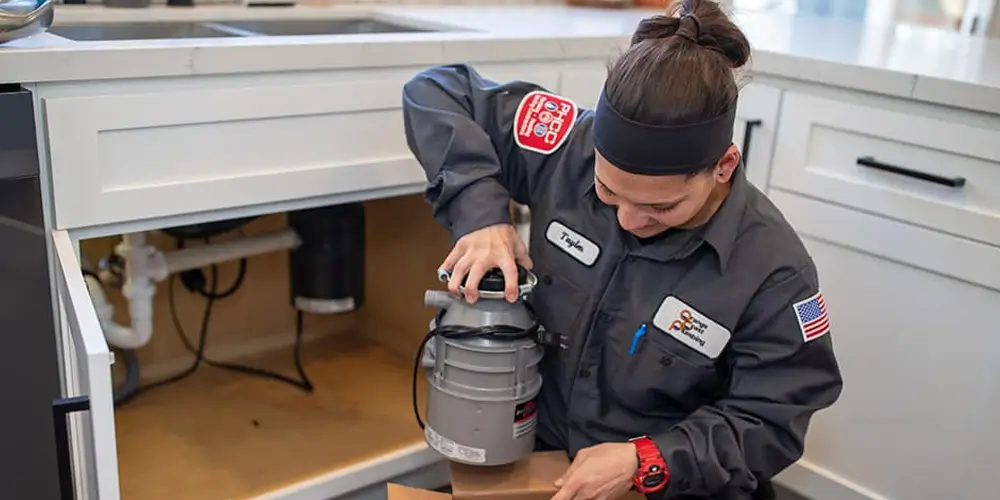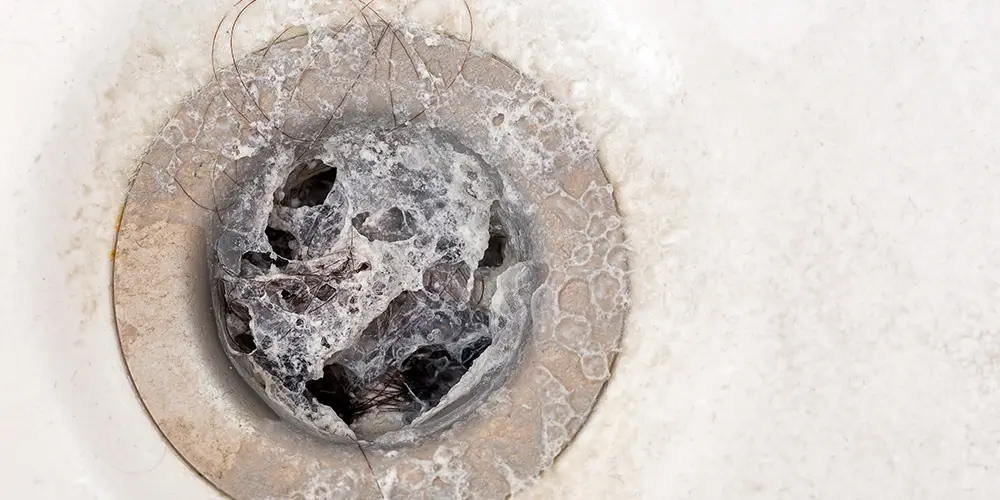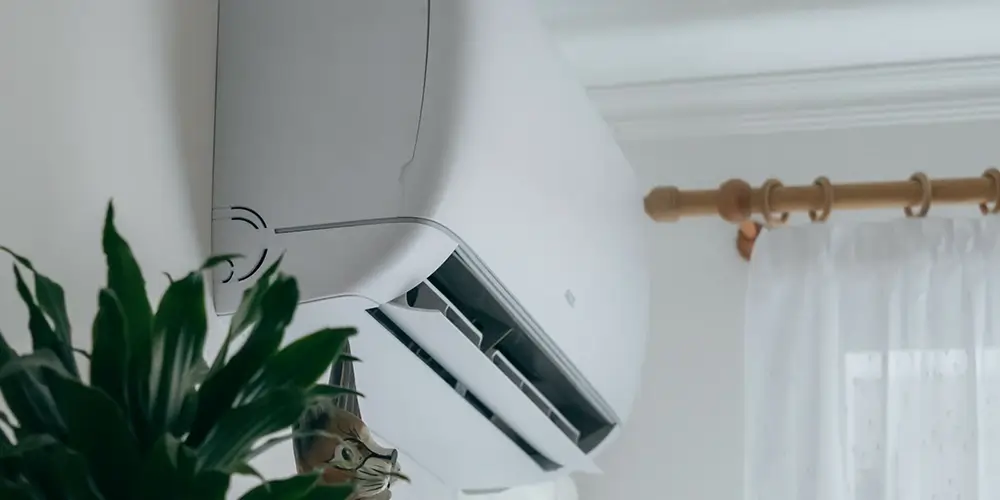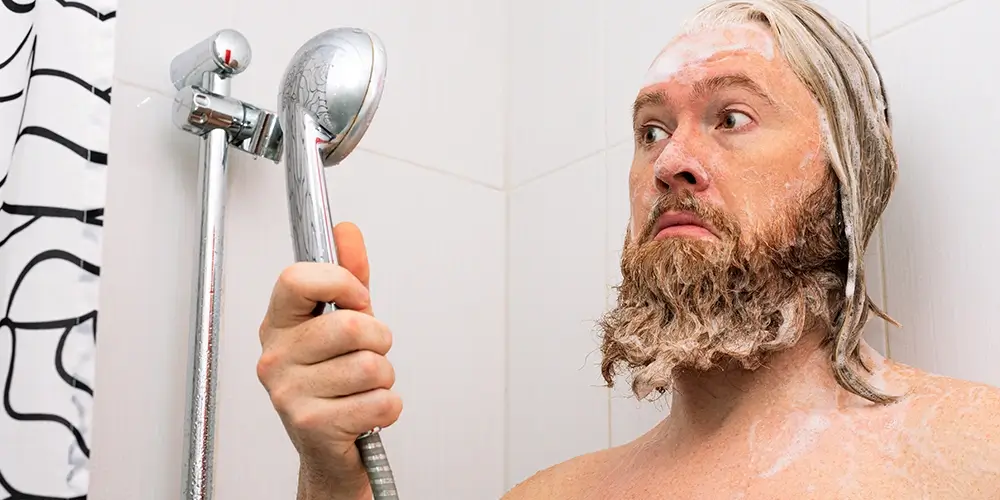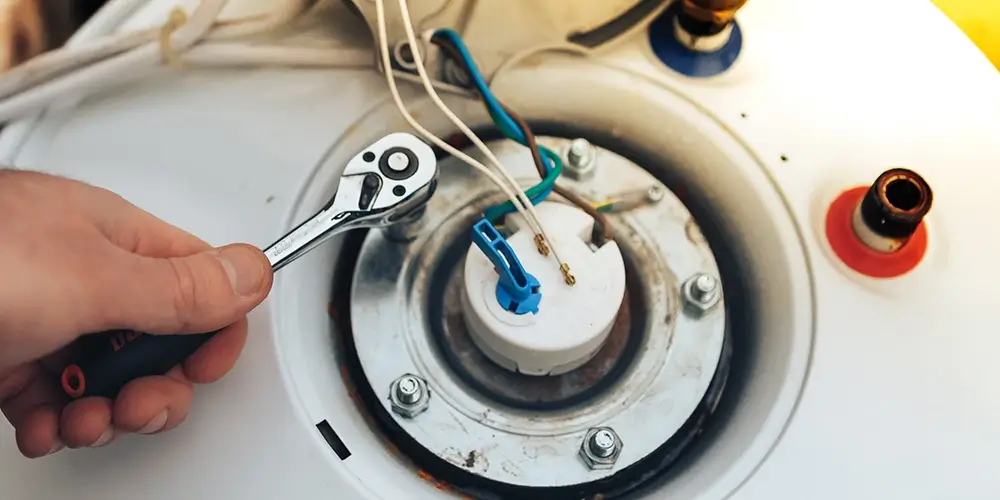All Things Plumbing & HVAC: The Orange Coast Plumbing Blog
Need to know what’s an emergency and which problems can wait? Which problems you can solve DIY? The Orange Coast Plumbing blog helps you understand common plumbing, heating, and air conditioning issues.
A dual-flush toilet can use up to 67% less water than a standard single-flush toilet. That’s because you’re only using the amount of water necessary to do the job.
This offers obvious benefits for Southern Californians in the grip of a historic drought. Older toilets send between 3.5 and 7 gallons of water per flush into municipal sewers!
By law, newer low-flow toilets specify can use no more than 1.6 gallons of water per flush. But dual flush toilets average only about 1.28 gallons per flush. That’s the average per flush for number 1 and number 2 throughout the day — it works out to 1.28!
Upgrading a toilet may not be a glamorous DIY project, but it’s a real money saver.
It’s also a cheap and easy way to cut back — wa-a-ay back — on your water use during Southern California’s frequent droughts.
Did you know that an aging toilet can use 5 to 7 gallons of water per flush and that the average American makes a ‘comfort call’ 6 or 7 times daily?
All plumbing materials have a limited lifespan. Your sewer pipes mayl last from 50 to 100 years, but wear and tear from hard water and harsh chemicals can accelerate corrosion. All pipes corrode and weaken over time, leaving them vulnerable to collapse. Chemicals like acids, solvents, and saltwater can eat away at metal pipes until they give out under pressure.
Whether you want to make your home more livable or increase property value, a bathroom renovation is an appealing option. However, you’ve heard time and again about bathroom renovation challenges.
Fortunately, our plumbers and other specialists have identified the most common bathroom renovation challenges. we’ve also developed ways to solve those challenges and complete the renovation project of your dreams.
The toilet’s exploding. You’re facing a plumbing emergency.
Anything significant requires a plumber, but what about the smaller emergencies that arise? A clogged toilet? A blocked sink? Even a leaky faucet?
Do you have the right tools for a DIY repair or an emergency fix until the plumber arrives?
More now than ever before, we are aware of the toxins in our homes. However, there are still some surprising places these toxins can lurk. For example, are your toilet cleaners safe?
We don’t expect our cleaning solutions harm us. After all, we use them to eliminate germs and keep ourselves safe. But it turns out that some of these products can do more harm than good.
Let’s set the record straight: a plunger is a plunger by definition, but each plunger type is different. Each plunger design has different uses.
No doubt you have a plunger or two at home, and you may wonder if you selected the right type for the toilet, the sink, or whatever job is at hand.
Most of the time, you may not give much thought to your kitchen garbage disposal. However, that situation can change in a hurry when something goes wrong. Without a doubt, clogs are the number one issue for disposal owners. You might not view a clog as an emergency in many circumstances. But if you rely on your garbage disposal daily or on special occasions, you’ll need to find a quick solution.
There’s nothing like a slow drain to put a damper on a refreshing shower.
Worse, the water may not drain at all — it just sits in the bottom of the tub.
Fortunately, a clogged shower drain is usually an easy fix.
Ductless mini-split air conditioners rely on the same underlying technology as central ACs. However, they utilize that technology differently. First, as their name implies, they are not tied into a system of ducts. Instead, they connect directly to their own, non-ducted components. The evaporator and air handler sit in a unit attached to the wall or mounted in the ceiling. The compressor/condenser part of the system lies outside. Some mini-splits, called single-zone units, utilize completely separate components for each room. However, other setups feature multi-zone units, which use a single compressor/condenser for multiple rooms.
Wim Hoff loves his ice baths, but most people prefer to see the steam rise before they step into the shower. So, it may be time to investigate when the shower head spits out water at the temperature of summer rain.
The first place to look is the water heater (surprise!). Is it between 120 and 140 degrees Fahrenheit (140 being the maximum safe temperature)? If not, turn up the dial.
Have you noticed a puddle near your water heater? That’s never a good thing.
Most water heaters last about 10 to 15 years, even with proper maintenance. And Orange County’s hard water can shorten the life of any appliance exposed to it.
But before you start shopping around for a new heater or even call the plumber, do a bit of DIY troubleshooting. Can you pinpoint the source of the leak?
As odd as it sounds, if the leak comes from the top, you’re in luck.

